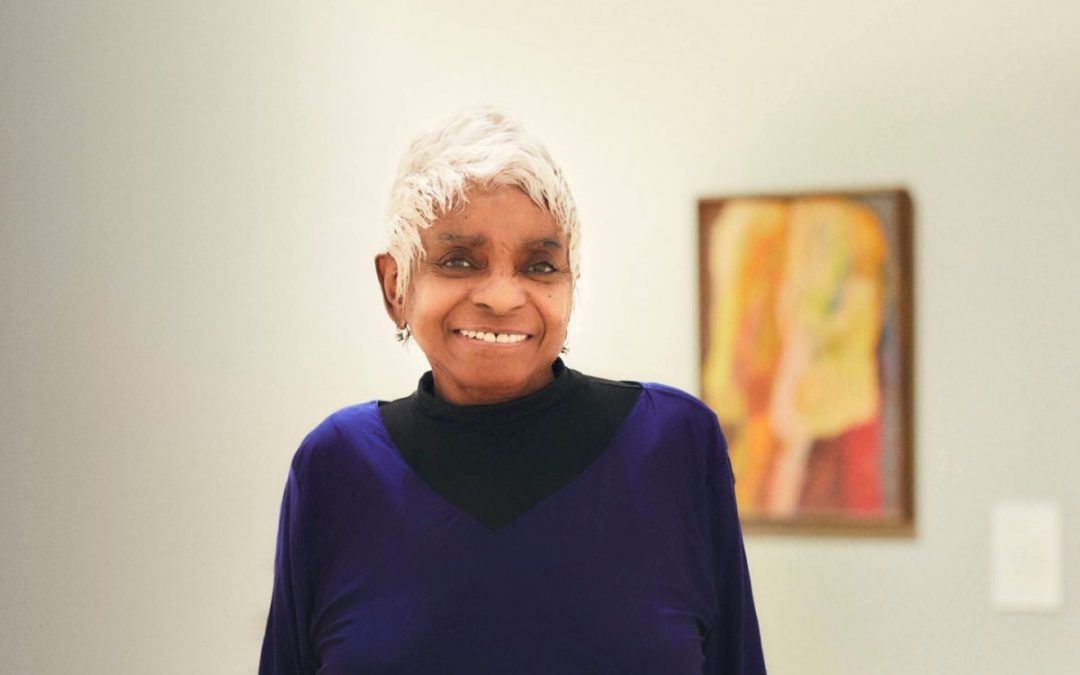Sylvia Snowden: Painting Humanity is the first public gallery exhibition in Europe of African-American painter Sylvia Snowden’s work. Presenting a selection of work from a career that spans six decades, this exhibition includes large early paintings through to more recent works.
Snowden works with oil paint and pastels as well as acrylic and collage to create her expressionist, distorted, monumental figures, capturing the psychological essence of her subjects – their triumphs, torments, joys and pains – in thick impasto, the technique where paint is laid on an area of the surface thickly.
Snowden was born in 1942 in North Carolina and raised in Louisiana and Washington DC, before taking undergraduate and postgraduate studies in Fine Art at Howard University between 1960 and 1965. Snowden’s artistic training took place during a pivotal moment in Black American political history and the civil rights struggle, and she became deeply invested in these issues. Snowden describes her powerful figurative paintings as ‘portraits of humanity’.
Coming of age during the civil rights movement during the 1960s in Washington D.C., Snowden relied on guidance from her Howard University teachers, who were distinguished African American artists and art historians, such as, James Porter, Lois Maillou Jones, James Well and David C. Driskell. Although, her primary inspiration and support came in the form of her academic parents who enabled her to work as an artist as a young single mother.
The 1970s gave way to Snowden’s more abstract compositions in colorful acrylic impasto—now considered her signature style. The four residents of M Street, on view at the Hepworth Wakefield, are all from this period. Contorted figures with large, lumpy limbs push up against the edges of the composition, rendered in oil pastel and thick daubs of acrylic that in some areas glisten with bright color; in others, rich, darker tones contrast against flat white backgrounds.
“They look just the way human beings look to me. I’m trying to get into the whole guts of a person; I paint the person without the packaging.”






